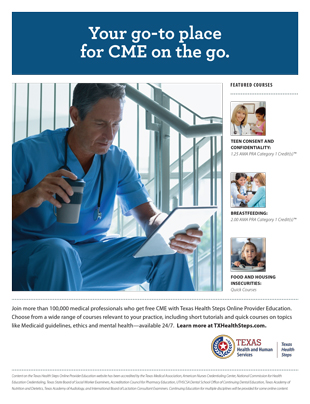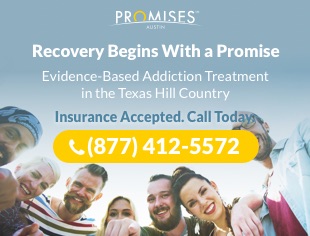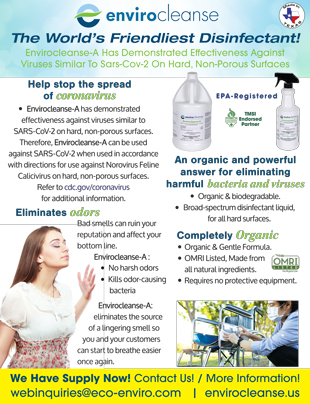No One Is Safe FromThe Prescription Drug Abuse Epidemic
By Jason Powers MD, MAPP
Chief Medical Officer
Right Step & Spirit Lodge
Overdose deaths from prescription drugs are rising in this country, and none of us are immune: prescription drug abuse and overdose deaths are increasing across all sex, race, age, geographic location, and socioeconomic markers.
While abusable drugs across the board are to blame, painkillers and sedatives account for nearly half of prescription drug overdose deaths. But overdose deaths are not the only reason why the Center for Disease Control (CDC) claims that we’re in the midst of an epidemic. Emergency department visits from prescription drug abuse climb higher year after year; admissions to rehabilitation facilities for prescription drug abuse increased over 700% between 1998 and 2010; and driving under the influence and motor fatalities are up, as are thefts and robberies of pharmacies.
It’s clear that we are in an epidemic far worse than that of crack in the 1980’s. After marijuana, prescription drugs are abused more than any other drugs. These and other statistics are staggering. Approximately 30% of Americans who try an illegal drug for the first time do so with prescription drugs. According to the U.S. Department of Health and Human Services, over six million Americans admit to abusing prescription drugs. What’s even more frightening is this: girls between the ages of 12 and 17 who try a drug for the first time are more likely to use a prescription drug than either alcohol or marijuana.
Addiction only afflicts a minority of the one in five Americans who will misuse a prescription drug at least once in their lifetime. Yet those of us who are predisposed to addiction are generally never prepared for how insidious prescription drug abuse can develop. From patients in physical and emotional pain to the health care providers who care for them, none of us are immune.
Prescription drugs can be prescribed for innocuous and even laudable reasons, but among the vulnerable, these drugs work like all other drugs of abuse. While the euphoric effects are greater, so too are the devastating consequences.
Drug abuse begins for many reasons, including seeking the rush of an incredibly intoxicating experience, but it continues for different reasons altogether. Despite its initial lure, addiction is not a pleasure disease—it’s a painful-beyond-words runaway existence that most people cannot imagine. Like pouring gas on a fire, persistent drug abuse in genetically predisposed individuals leads to greater brain dysregulation that, in turn, leads to a self-sustaining cycle of further abuse.
Prescription drug abuse is more prevalent today because more people are being exposed to them than ever before. According to the CDC, prescription drug overdoses continue to increase year after year. More Americans died of drug overdoses in 2010 than from motor vehicle accidents. In fact, the majority of drug overdose deaths in 2010 involved prescription medications—more than those caused by heroin and cocaine combined.
Since 2010, efforts to stem the rise in abuse have made it more difficult to get prescription pain pills, but unforeseen collateral damage has followed. I join many of my colleagues across the nation in witnessing a shocking trend: as laws have been passed to decrease the flow of prescription painkillers onto our streets, more people (especially the young) have turned to heroin as a cheap and readily accessible source of opioids.
For most people, avoiding the hell of withdrawal drive them to use heroin. It’s simply a decision based on utility. Their lives revolve around eluding opioid withdrawal symptoms, which are by far the most agonizing class of drugs from which to withdrawal. And heroin is by and large easier and cheaper to obtain. None of our patients claim they wanted this life. That is, no child aspires to become a heroin addict when they grow up, nor do most people decide to rob pharmacists at gunpoint as recreation.
Desperation can push good people to do heinous things. This paradox is not exposed as a means to cast law-breakers as passive victims to environment or happenstance—I support consequences. Instead, I’m simply trying to underscore the need for better prevention and treatment measures. As more of the middle and upper class youth get hooked on heroin, the more I see even staunch libertarians see the folly in punishing a disease instead of treating it. Treatment works. Period.
Perhaps the best example of unintended collateral damage can be found in marijuana legalization. Maybe you have read recent evidence that in states where marijuana is legal, prescription opioid deaths have decreased? On the surface, of course, this news appears promising. But as I pointed out in this Huffington Post blog (http://www.huffingtonpost.com/jason-powers/stonerturneddoctor-sees-d_b_5671819.html), marijuana is not benign. Decreases in overdose deaths are a good thing, but only time will tell if our net gain is positive or negative.
Based on the alarming upward trends in prescription drug abuse, coupled with collateral damage that does not get enough media attention, we should be exploring more salubrious solutions. We have made progress in helping people with substance use disorders improve by:
- Embracing prevention strategies that increase the perception of harm which effectively decreases drug abuse
- Coordinating state drug monitoring programs that can both decrease diversion of prescription drugs as well as help to identify those who need help
- Training physicians and other prescribers in effective comprehensive behavioral modification and medication applications
Things are not bleak – we have reason to be optimistic. Progress thus far has begun to provide the health care and law enforcement sectors with broader, more rapid access to information and given them the tools to start identification, education and prevention sooner.
However, too many people still die each year from this preventable and treatable illness… and it doesn’t look like those numbers will slow down any time soon.






